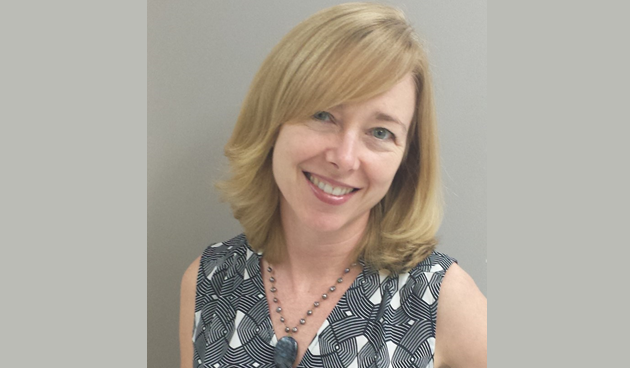I don’t know if anyone had a chance to hear the interview on Fresh Air on NPR with Dr. Sandeep Jauhar about his recent book, Doctored: The Disillusionment of an American Physician. I found that I could easily relate to his perspectives on modern medicine. He discussed how patients increasingly are living with multiple chronic illnesses that require multiple sub-specialists; but that there is little time for coordination of that care, much less preventative care in an environment that wants primary care physicians to see patients every 10 minutes.
Dr. Jauhar talked about how, though physicians know there is a great need for primary care physicians, the payer model doesn’t support a system that forces physicians to see patients on the basis of volume, with less pay. That specialists who just “see patients” are not nearly as profitable as those who perform diagnostic tests, tests that he feels often take the place of thorough history taking and physical examination; that this excessive testing is in part due to a lack of time as well as defensive medicine, and also, to improved survivability from a financial perspective.
I heard this interview and vigorously agreed with his assertions, as I am sure you would too, if you take care of patients for a living. It made me remember and appreciate the lessons I was taught when in private practice in pulmonology, with Dr. Anthony Marinelli. He taught me so well that “the history and the physical gives you the answer.” He easily spent an hour with a new patient, doing an incredibly thorough history, walked the patient up 6 flights of stairs while monitoring the pulse oximetry or the peak flow, called every. single. primary care physician, went down to radiology (before images were instantaneously available) and reviewed every old chest X-ray a patient ever had, all in the quest for the diagnosis. He was a giant among physicians. His impact cannot be overstated.
But I, like all providers in our current jacked-up system, have developed habits that support the system, not the patient sometimes. What might be best for the patient is a conversation, not more narcotics, a “watch and wait,” not another consult, a plan to go home, not a plan for more misery in the setting of near certain terminal illness. An actual history and physical. Not a CT scan.




Tracy, enjoyed your blog and have not read this book, yet.
It is certainly true that our system is “jacked-up,” favoring efficiency and cost-shifting over quality care. What is most interesting to me is the lack of ongoing education that most providers experience. We are encouraged to obtain CME to make sure we understand the newest innovations in our field, but far more important would be an accurate assessment of our performance. As a resident, I would receive daily critiques from my attending; although these assessments were often not evidence-based, they at least served as a barometer upon which to measure my future actions. As an attending, I have rarely received meaningful feedback. Sure, I have gotten an occasional mortality report and see Patient Safety Network negative reports on care I have provided. But neither of these truly reflects whether I am actually making correct and cost-effective choices. While public reporting is a first step, it will not provide the kind of meaningful data that will help each of us improve.